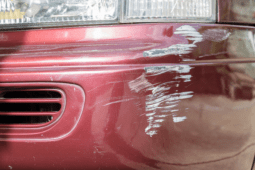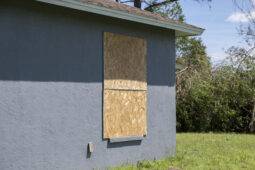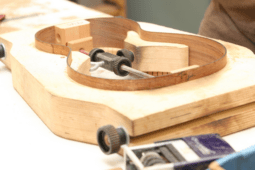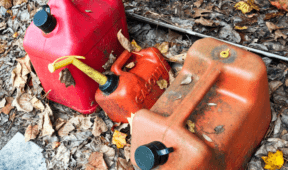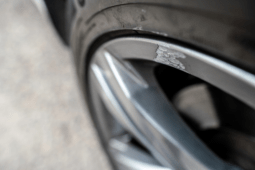How to Get the Most Out of Your Kitchen Knives
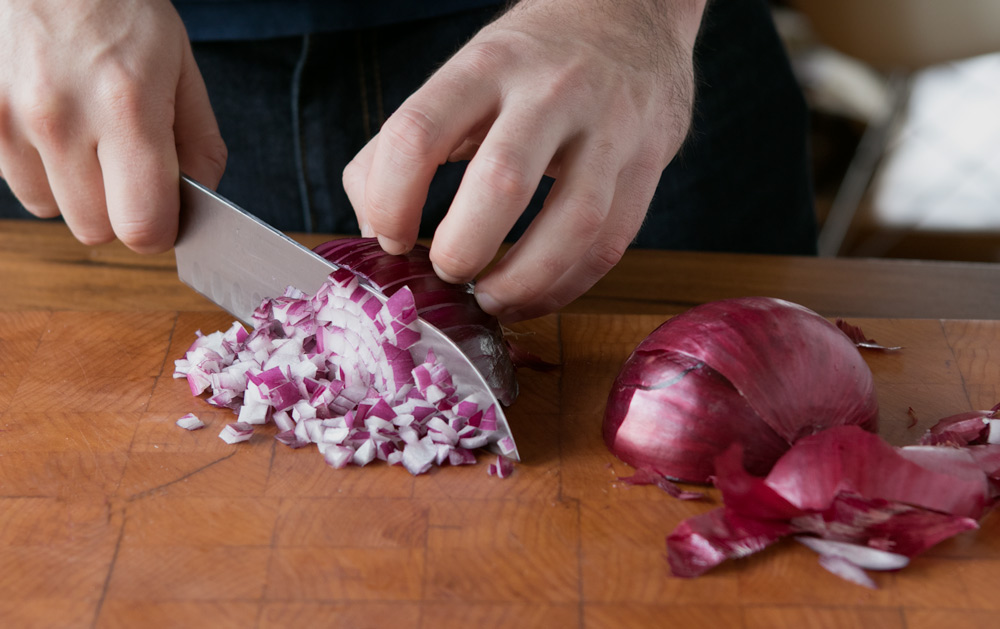
A kitchen knife is an unusual tool, in that the point of contact between the tool and the medium upon which it works is actually extremely delicate. Imagine if a wrench were as delicate as an X-acto blade that had to be replaced regularly, or if bar clamps would routinely stop holding things in place because they became all wonky with use. Most non-cutting tools are blunt, hearty and reliable. But blades have to be cared for, stored carefully, and sharpened (somewhat) regularly.
But if there is an abused and neglected blade in your home that is used frequently but cared for rarely (okay, maybe not YOUR home, Mr./Ms. Attention-to-Detail––but the average home), it is the knives in your kitchen. Unless you are a professional ice sculptor or sword swallower, it is likely that the knives in your kitchen are the ones that get the most daily use. And if you are anything like me, it is way too easy to just grab one, use it, and put it back without special care for these knives. Despite my best intentions, it is easy for me to leave a dirty one on a cutting board, haphazardly toss one into the sink, clean in the dishwasher and store them in less-than-ideal ways (i.e., cluttered together in a drawer. I know. I’m an animal.)
A great deal could be said––and has been––about the care of kitchen knives, but there is one thing that really sets their use and care apart from other blades that no one should ignore. Kitchen knives do not only need to be sharpened on occasion––they need to be honed before every use with a steel.
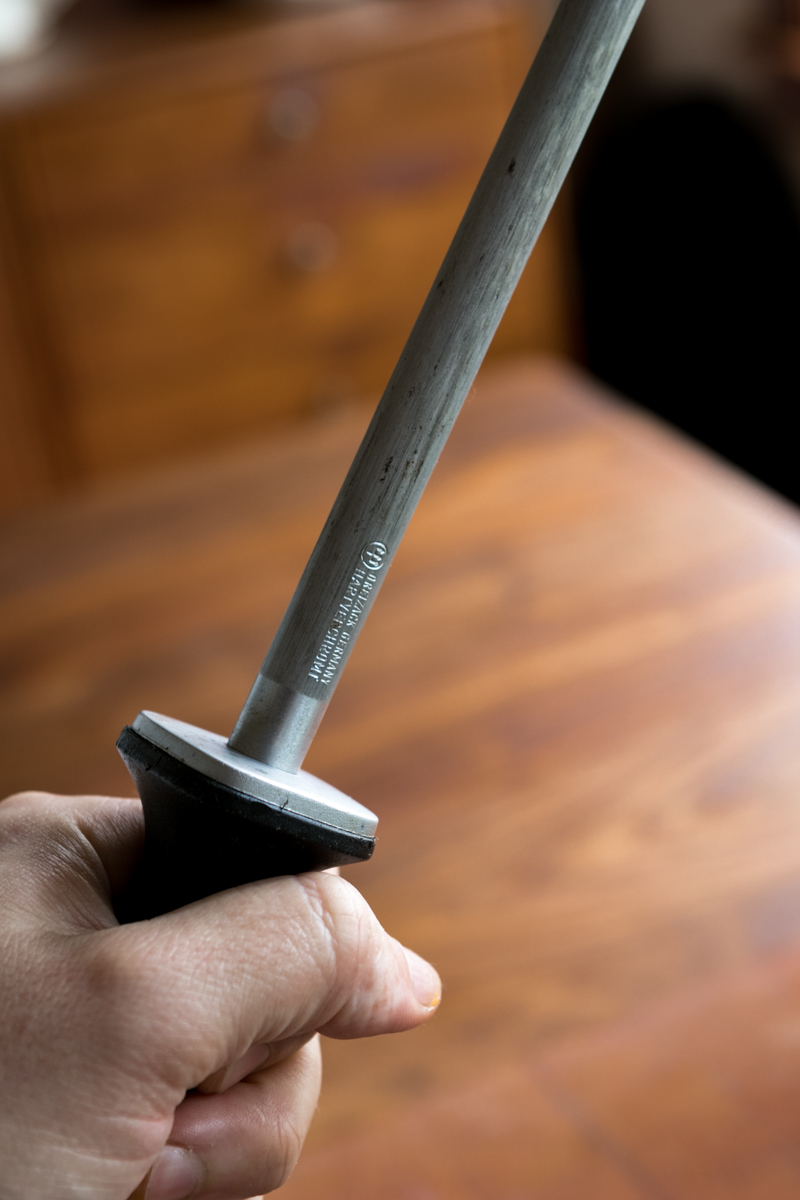
Note: steeling your knife is not sharpening, because you are not removing material, or grinding, a new cutting edge. Instead, steeling is re-aligning the edge that is already there to ensure that what is hitting your food is the thing that will cut it. When you steel your knives, every cut is like that first, effortless chop after sharpening. It gives you total control and allows you to make your knife do exactly what you want it to do.
Constant pounding into food and cutting boards turns over the fine point that equates a sharp edge. Instead of a straight line (a wire edge), the cutting edge becomes a wavy set of turned over hooks. The steel grabs those hooks and puts them back in the same plane.
What steel should you buy?
Steels come along in all of the very worst, cheap knife sets (so that big box outlets can sell a “9 piece set” with only 6 crummy knives, because the other 3 are a cheap steel, some shears and the knife block.) These are not the ones you want to use. A better move is to get a good one from a kitchen supply shop or online outlet that is well made and can accompany your knives as the tool that works on your tool. We like this simple option from Victorinox. It’s only $20, and works great.
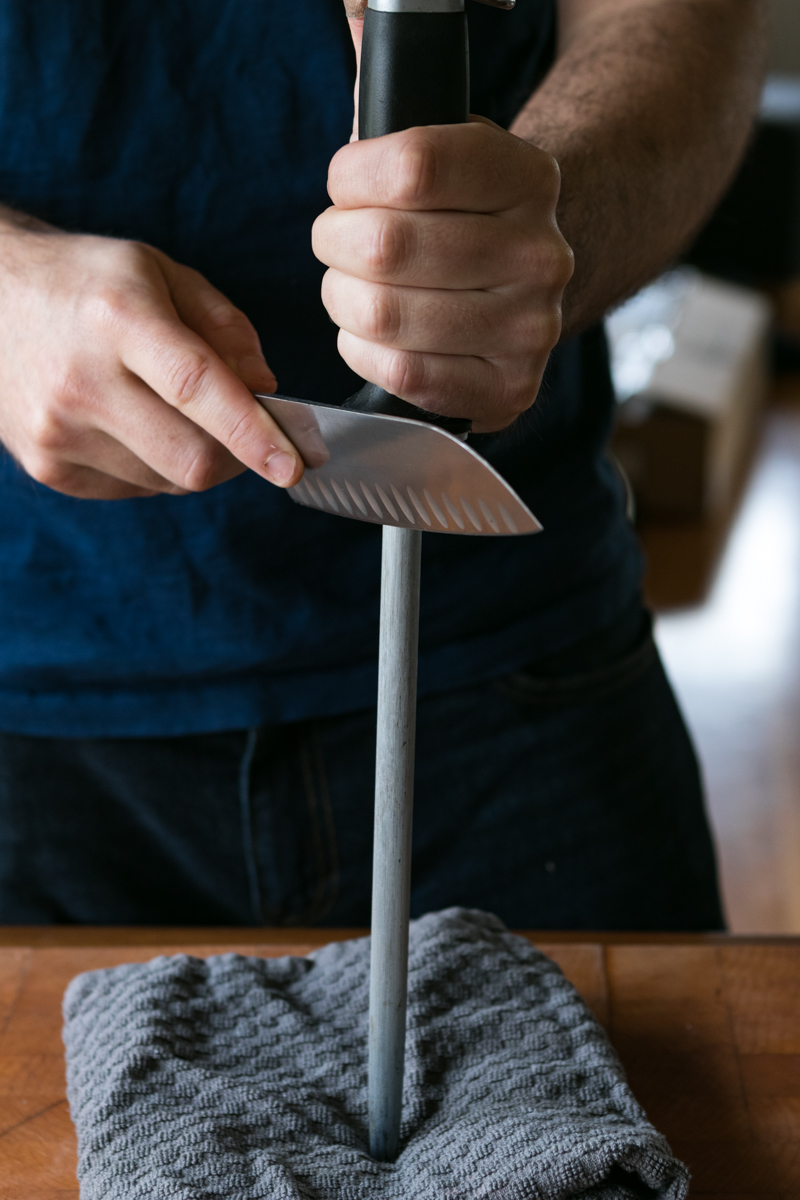
How to use a knife steel:
You may be attempted to grab the steel in one hand and the knife in the other, and rub them together, grandpa-at-Thanksgiving-style. But unless you’re a professional chef, you should avoid this temptation. You won’t get the results you want, no matter how cool it looks.
Instead, grab the steel’s handle in your non-dominant hand, and hold it perpendicular to your work surface, placed on a towel for stability. Then, draw the knife backwards as you run it down the blade; you’ll start at the top with the tip of the knife touching the steel, and end at the bottom of the steel with the heel in contact.
Make sure you do this an even number of times on each side (I like multiples of three) to keep the blade aligned.
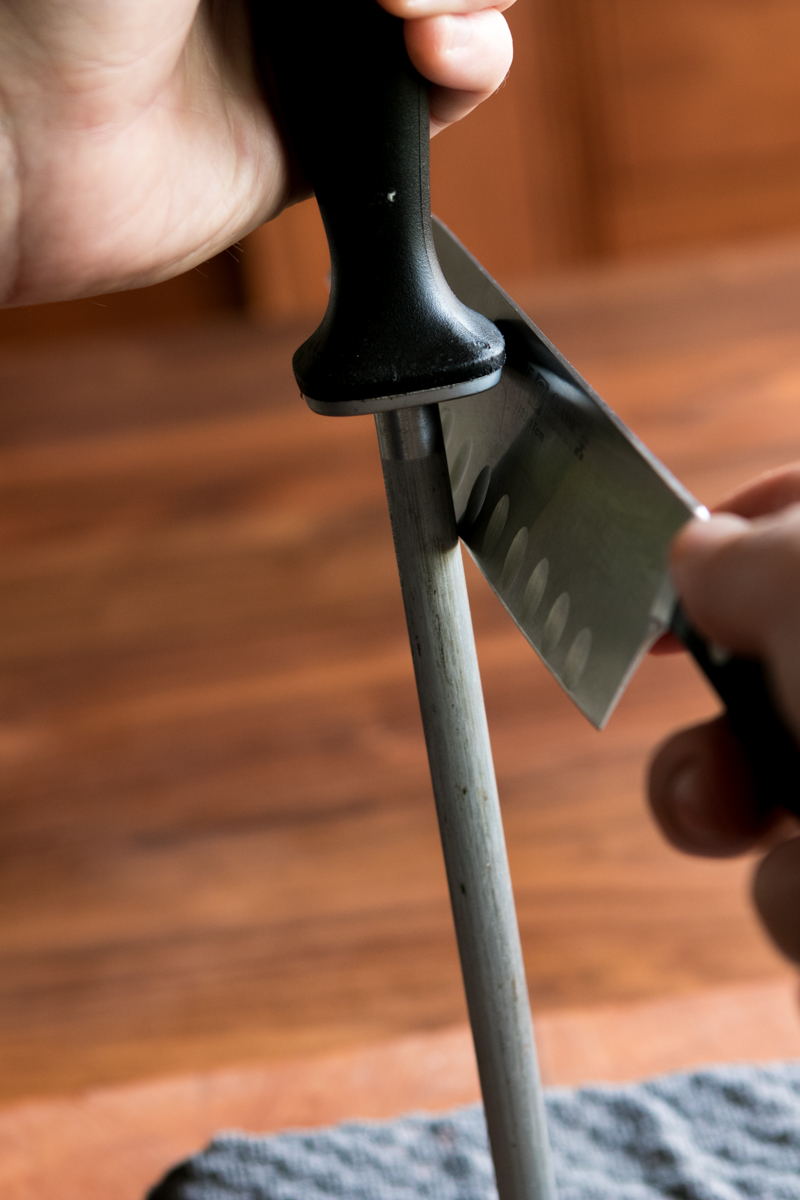
How to maintain the correct angle:
A sharp edge for cutting tools can be anywhere from 20-35°. The truth is, you probably don’t know at what angle your kitchen knives are sharpened. I don’t either, but I also don’t care. What I need is a way to reference the knife so that I keep it consistently in the range.
The simplest way is to use the steel to help you. Place the knife’s blade against the handle. This will let it sit at 45° to the steel, which is an easy visual reference. Then, draw your knife down.
“But wait, Allan!” you say. “45° is not in between 20 and 35.” That’s true. But while the top of the blade is 45° to the side of the steel, the cutting edge, which is made of two planes that meet at a point, is only half that, or 22.5°. So, you are actually steeling each side of the cutting edge at 22.5°. This is why it’s essential to treat each side with equal strokes.
So, steel your knives! You’ll like it!
It’s so easy to fall into bad habits, but disciplining yourself to hone your knives when you use them is one that will make you a more efficient cook, and protect your investment. Regularly steeled, most home cooks only need to have their knives sharpened once a year. (I do mine right before Thanksgiving.)



